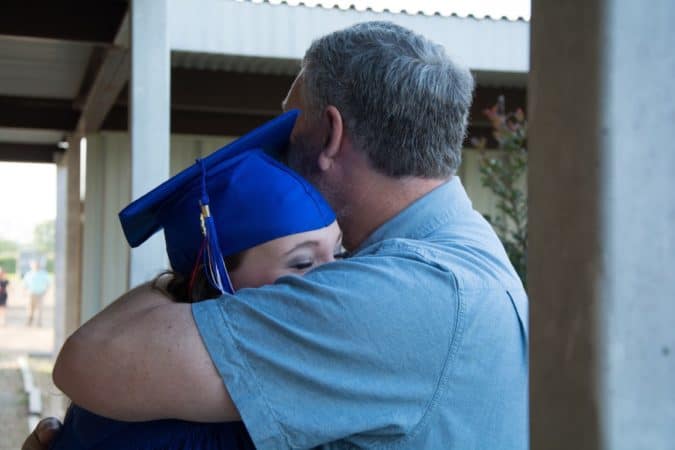For the parent of a high school senior, the joy of your teen’s journey to college has been turned inside out. So many families are now grappling with enormous uncertainty.

If the outbreak is still with us in August, should I keep my child close to home?
Will college campuses re-open in the fall, or will instruction be online?
If instruction is online, will I have to pay the same high tuition?
If I don’t know when our jobs will return, how can we afford college?
Clearly, the answers to these questions are still not known, but they will all have to be answered in the next two or three months. Here are a few tips to help you stay flexible and informed as you move towards making your decision of where your teen will enroll.
What’s the same and what’s different about paying for college this year
1.Develop a Plan A, one that assumes that the economy has started its recovery and that the outbreak is mostly under control.
While planning for the worst—and I’ll get to that in a moment—it’s necessary to also plan for the best. I suggest you create a simple document that tracks three things for each of the schools where your teen may enroll:
- What is the deposit deadline? Many have kept their May 1 date, but others have extended to June 1 or beyond.
- Has the institution officially announced that fall instruction will be online?
- Has the institution announced an adjustment to tuition?
2. Don’t pay your deposit, yet.
Whether or not the deposit deadline has been pushed past May 1, if you’re not 100 percent sure where your teen will enroll, don’t deposit yet. Time is on your side, and admitted students have tremendous leverage this year as institutions are anxiously trying to meet their enrollment goals.
Keep your options open until you are close to the earliest deposit date for the school your child may enroll at. If you are still unable to pull the trigger, call the admission office and speak to them about your situation. You will find that this year, more than ever, schools are listening closely and will work with you.
3. If you know where you want your teen to enroll but can no longer afford it because of a loss of job or income, immediately contact the institution.
The U.S. Department of Education has instructed financial aid administrators that they may take family financial factors into account as they reevaluate prior offers of financial aid, even if you did not submit the necessary forms by the institution’s deadline. If your current financial situation may prevent your teen from enrolling at her first-choice school, let the institution know.
4. While hoping for the best, also develop a Plan B that assumes that things will not be back to normal by the fall.
If your teen has been admitted to a local public institution, a place close to home that costs substantially less than the distant private institution they were hoping to attend, it could be important to hold their place for fall admission.
While many expensive private institutions will struggle to meet their enrollment goals this fall, in-state publics may experience over-enrollment issues, and they are the least capable of working flexibly with families. Because it is unethical to deposit at more than one U.S. institution, a smart plan would be to request a deposit extension from the distant private school and deposit at the in-state public to reserve your child’s spot.
5. What are the chances of my teen getting admitted off the waitlist at his favorite school?
This can get complicated. If your child is on the waitlist at a private institution and you have not applied for financial aid, he is in a very strong position this year. While waitlists are larger than ever before as colleges protect themselves against tremendous uncertainty over making their class, many more applicants, particularly full-pay applicants, will be admitted off the waitlist to help institutions reach their enrollment goals.
But for students who have applied for financial aid and have significant demonstrated need, getting admitted off the waitlist will be a challenge. The vast majority of schools are need-aware in the admission process and will evaluate how much a student will cost them before making the decision of whom to admit.
6. If this all seems terribly unfair to you and your teen, you’re right.
While listening to a podcast this morning, I heard psychologist Dr. Lisa Damour say some very wise things about raising children during a pandemic. One of them is that teenagers are extremely adaptive, much more than we adults are. They will get through this. And they will carry a yardstick with them to measure all their future challenges. Against this very special generation of young people, those obstacles don’t stand a chance!
More to Read:
How to Appeal a Financial Aid Award When Your Family Needs More Money

Jeff Levy, CEP, is an educational consultant based in Santa Monica, California. He works with students locally, regionally, and internationally on their college search and application process, and with parents on college affordability and financial aid. He can be reached through his website.
Source: https://grownandflown.com/how-pay-for-college-this-year/
The content is owned by Jeff Levy. Visit site here for other valuable articles.

No comments:
Post a Comment